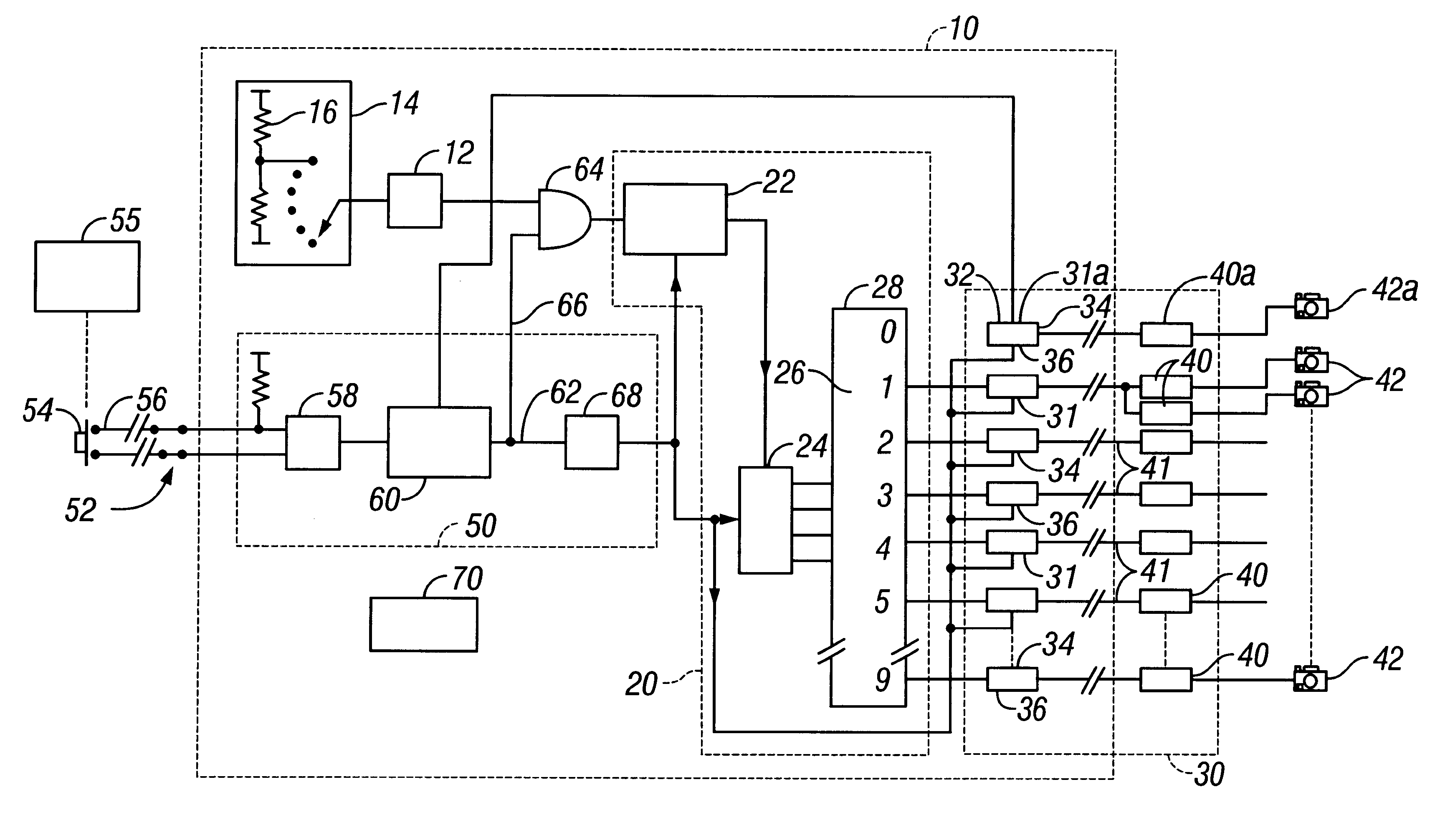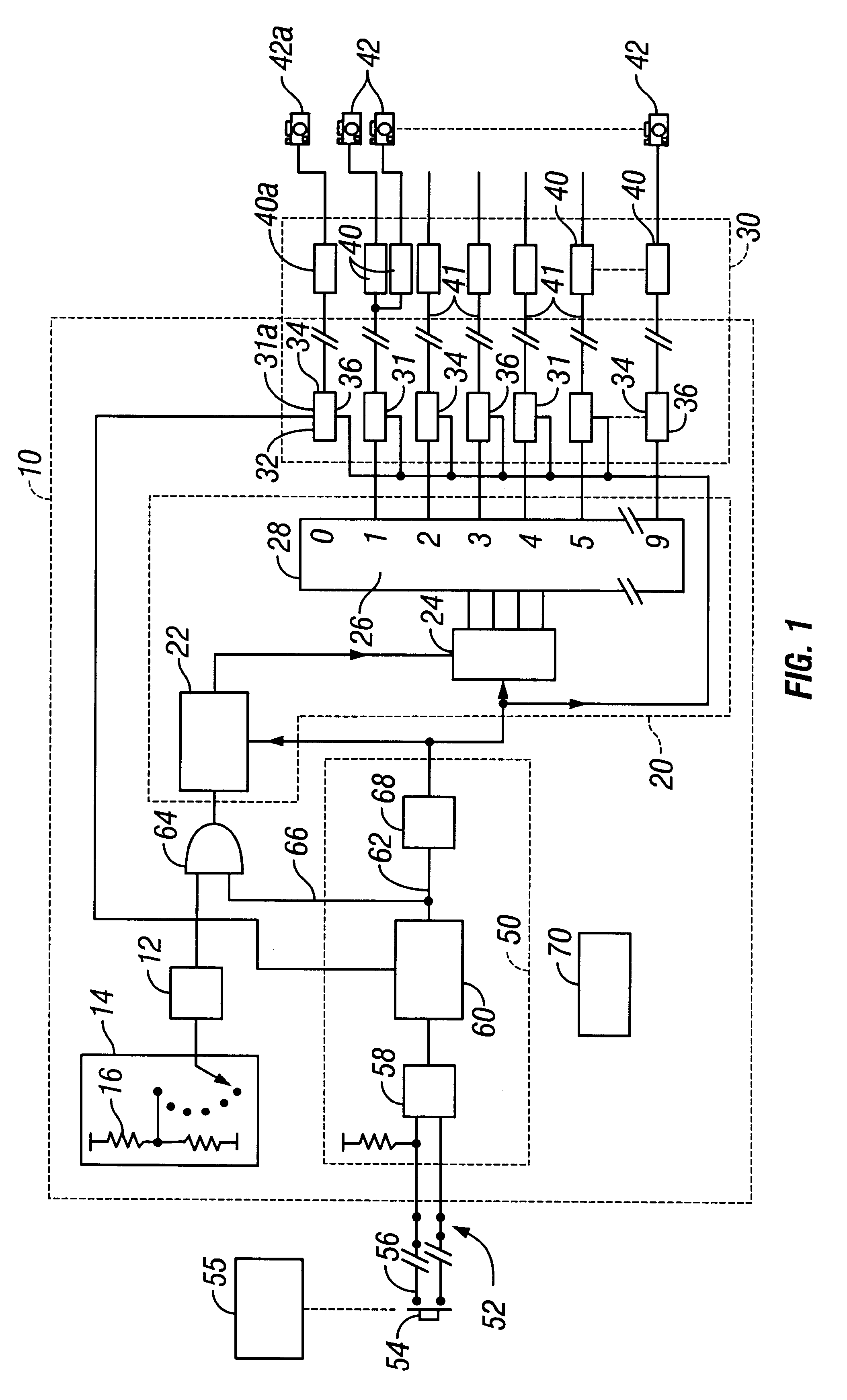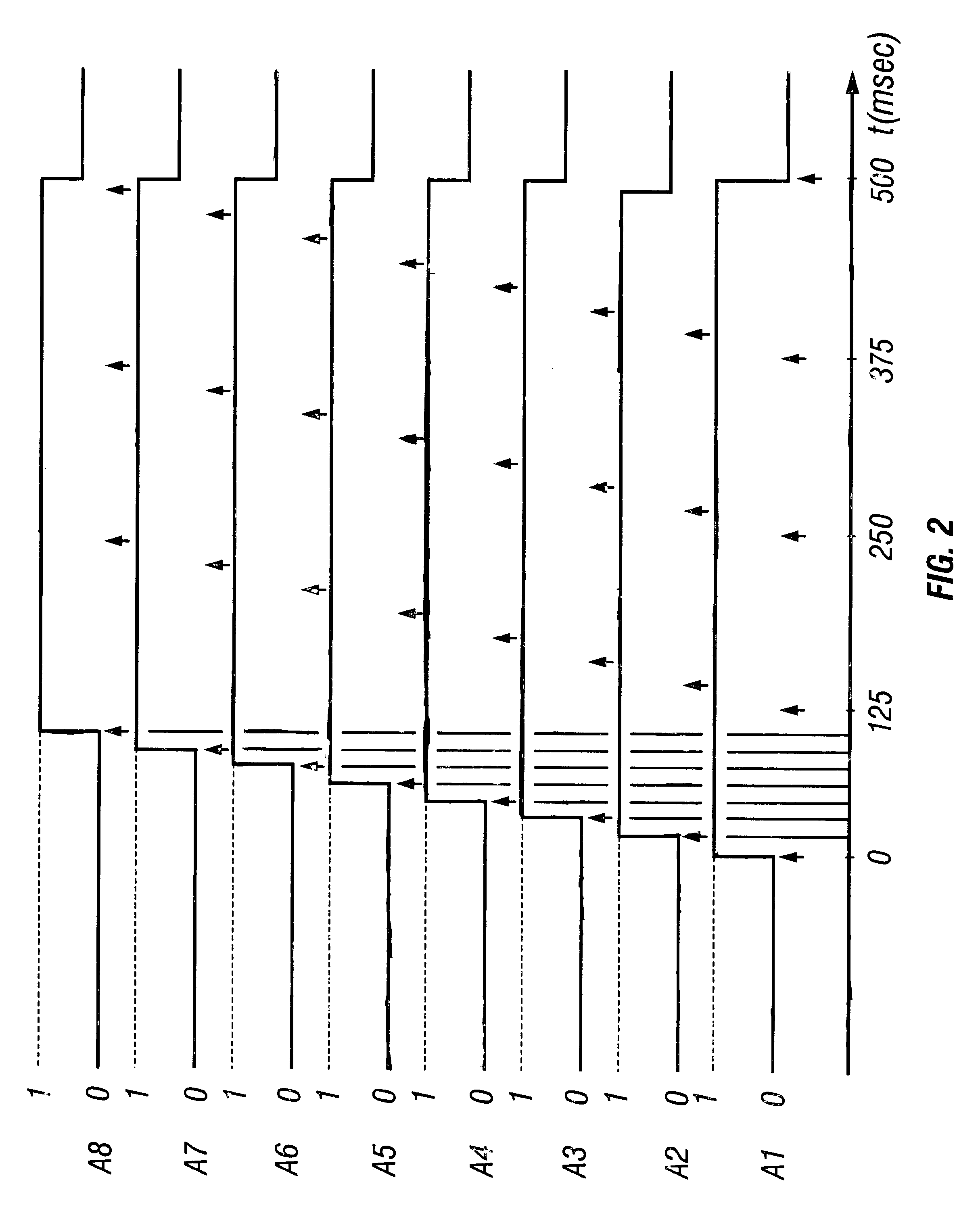System for sequential triggering of cameras and picture taking equipment equipped with such a system
a camera and picture taking equipment technology, applied in the field of sequential triggering systems of cameras and picture taking equipment equipped with such a system, can solve the problems of insufficient rate in some applications, insufficient detail analysis of sequence of individual pictures, and insufficient quality of pictures taken by "continuous" recording cameras
- Summary
- Abstract
- Description
- Claims
- Application Information
AI Technical Summary
Benefits of technology
Problems solved by technology
Method used
Image
Examples
Embodiment Construction
The purpose of the invention is to propose a sequential trigger system and picture taking equipment largely to avoid the difficulties mentioned above.
One purpose in particular is to propose a sequential trigger system that can be used with a variable number of cameras and for different rates of taking pictures in each camera.
Another purpose is to propose a system for recording several series of photographs without systematically replacing the films in the cameras.
Yet another purpose is to be able to control cameras from a location remote from the subject being photographed and to be able to servocontrol cameras to a specific event, for example such as firing.
More precisely, in order to achieve these purposes, the objective of the invention is a system for sequential triggering of several cameras equipped with a burst mode. The system comprises:
a clock and means of fixing a clock frequency for the said clock as a function of the number of cameras to be controlled by the system and / or...
PUM
 Login to View More
Login to View More Abstract
Description
Claims
Application Information
 Login to View More
Login to View More - R&D
- Intellectual Property
- Life Sciences
- Materials
- Tech Scout
- Unparalleled Data Quality
- Higher Quality Content
- 60% Fewer Hallucinations
Browse by: Latest US Patents, China's latest patents, Technical Efficacy Thesaurus, Application Domain, Technology Topic, Popular Technical Reports.
© 2025 PatSnap. All rights reserved.Legal|Privacy policy|Modern Slavery Act Transparency Statement|Sitemap|About US| Contact US: help@patsnap.com



